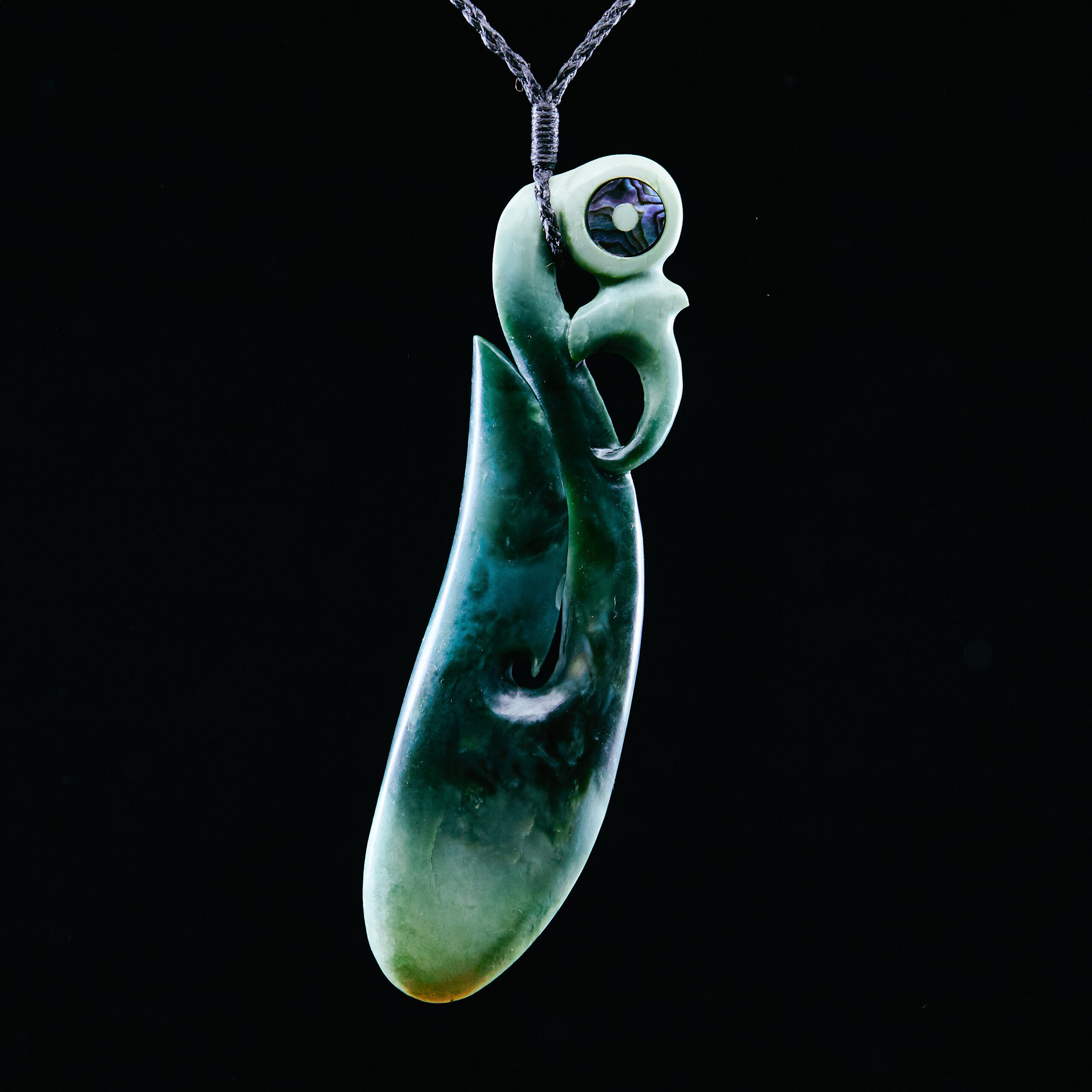Marie Kondo’s Netflix series, Tidying Up with Marie Kondo, encourages people to minimise and get rid of things that don’t spark joy. But how are we disposing of these items we no longer want?
Words: Lara Wyatt
Photography: @ethicallykate / Kate Hall and husband Tim donating items that would spark joy in others to a local opshop last year.
Following the ‘Marie Kondo effect’ and getting the house rid of all excess belongings is a common thing to do when the new year hits. It feels good to start the year off in a clean, clutter-free environment. But have you ever wondered what happens to all the stuff you donate to your local opshop? Especially during this Marie Kondo era when everyone’s decluttering and donating at the same time?
Marie Kondo is taking the Netflix nation by a storm with her series about tidying up and ridding your life of items that no longer bring you joy. She encourages people to reduce their clutter and maintain a lifestyle of not buying into consumerism. Think buying longer lasting and more ethically sourced products. This way of consuming can see you not needing to do a big clear out on an annual basis.
However, for those who do have a bunch of stuff to get rid of, the importance of opshop etiquette and where you get rid of the items you no longer want is something that Kate Hall, founder of blog Ethically Kate, recently discussed in her Instagram post, where she mentioned Marie Kondo left out a vital piece of information that is causing damage to our circular economy.
“Encouraging people to get rid of their stuff is awesome. I’m all for minimising! But lack of education around what to do with it, and how to dispose of it responsibly, is creating havoc,” Hall explained in her post.
As Hall mentions, opshops are being overrun with donations, with some opshops turning away donations because they’re so full. The abundance of items going to one place is an often-forgotten part of getting rid of items to charity. Everything may have left your home, and may be out of your mind, but should the items you donate be unsellable, it’s then on the charity to dispose of the items.
“Second hand shops spend billions a year on landfill fees. They’ve become the latest cheapest dump,” Hall says.
A key thing to remember when you’re sorting your no longer joy-sparking items is whether they’re worthy of being donated. Think food stains, snags, and broken items. Are things in this state going to spark joy for somebody else? It’s worthwhile keeping in mind the concept of giving with love.
This notion is something Jackie Clark, the Head Aunty of charity The Aunties has been banging the drum for since the inception of The Aunties back in 2013.
“When you are getting rid of old tat, what you’re saying is: I don’t really care who’s getting this, as long as I don’t have to deal with it anymore. I understand that impulse, but on the other end of that, is another human who needs whatever it is you may have, and what they feel when they get old tat is not something any of us ever want to feel. They feel more worthless than they already do, they feel unseen, and they feel like nobody cares about them,” Clark explains.
The best thing you can do with the items you’ve cleared out that are in good condition is ask. Ask charities what they need and see if what you’ve got fits the bill. Give with love and consideration.





